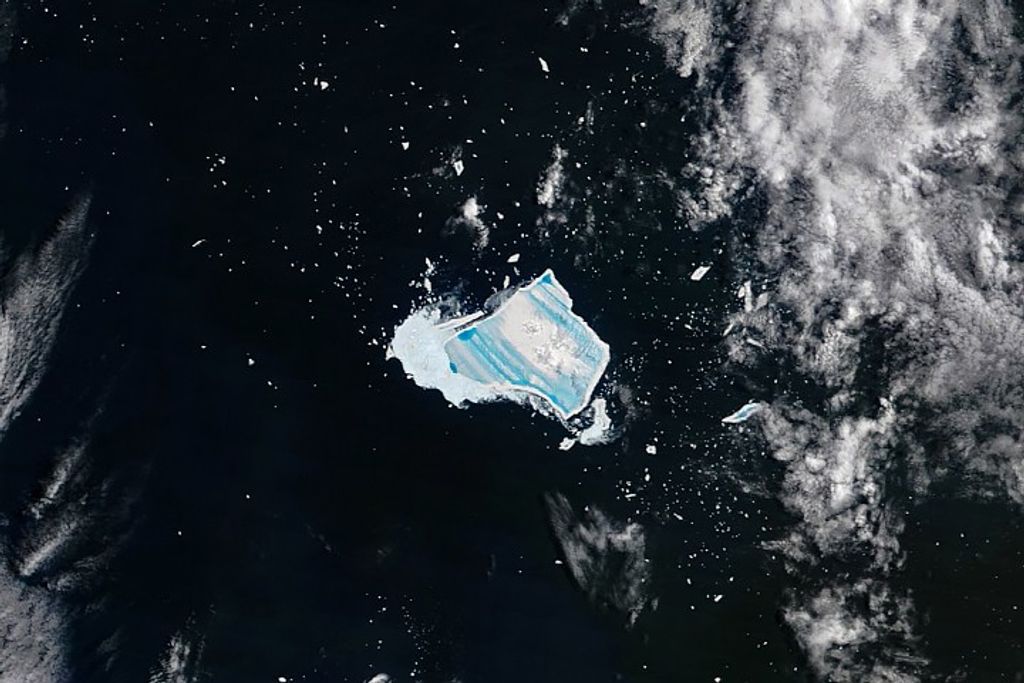Heliophysics Strategic Mission Programs
In order to help the science community prepare for the decadal survey’s discussion of NASA’s spaceflight programs, NASA is engaging the community in pre-decadal activities for both the Solar Terrestrial Probes and the Living With a Star programs.
Solar Terrestrial Probes Mission Concept Studies
NASA supported a limited number of mission concept studies for development ahead of the next decadal survey via the Heliophysics Mission Concept Studies (HMCS) program. [Selections made September 2021]
The HMCS program required that mission concepts address focused science objectives that are responsive to the Solar Terrestrial Probes goals and objectives. NASA strongly encouraged innovative, compelling science investigations that significantly advance and expand the frontiers of the field of heliophysics. These studies are anticipated to result in a science white paper and a mission concept white paper submitted by the community to the Decadal Survey Committee.
As part of the HMCS program, funded study teams were required to deliver a pre-study report for publication. Those reports are provided below.
NASA strongly encourages the community to consider the science objectives that these mission concepts would complete. For a coherent decadal-recommended science strategy, these reports are available for the community to refer to and leverage these concept science investigations in their own white papers to the Decadal Survey Committee.
NASA expects that the 2024 Decadal Survey will recommend science goals and objectives for the STP program that can be accomplished by one or more missions that range from small (Small Explorers and below) to large (MMS or larger). The mission concepts below, and others developed by the community, are intended to demonstrate feasibility for recommended major investments. [Recommendations for investments the size of a Medium-class Explorer and below are not expected to be accompanied by a full mission design.]
Heliophysics Mission Concept Studies Study Reports
- Coronal Microscale Observatory (CMO) (PDF)
- Comprehensive Observations of Magnetospheric Particle Acceleration, Sources and Sinks (COMPASS) (PDF)
- Firefly (PDF)
- InterMeso (PDF)
- Magnetospheric Constellation (MagCon) (PDF)
- Multi-point Assessment of the Kinematics Of Shocks (MAKOS) (PDF)
- The Magnetosphere-Ionosphere Observatory (MIO) (PDF)
- Plasma Imaging LOcal and Tomographic experiment (PILOT) (PDF)
For questions or further information on the HMCS Study Reports, please contact Jared Leisner.
Living With a Star Architecture Study
In response to the recommendations of the 2013 National Academies of Sciences, Engineering, and Medicine Decadal Survey for Solar and Space Physics and the subsequent 2019 Midterm Decadal Survey Assessment, the NASA Science Mission Directorate Heliophysics Division (HPD) began to re-evaluate the Living With a Star (LWS) program to assess the current state and produce a future mission architecture framework to continue the program into the next decade. HPD contracted with the Johns Hopkins University Applied Physics Laboratory (JHU/APL) to convene an expert committee composed of representatives from the broader heliophysics science community to conduct and solicit inputs from the community such that a final plan for the program would then be published in time for the next (2024) decadal survey.
The committee conducted a number of virtual or face-to-face meetings beginning in Spring 2021, to include discussions with heliophysics community stakeholders, additional interactions with outside participants, and finalizing the committee report. The committee will deliver its final report to HPD in early 2022.
The LWS Architecture Committee report was delivered to NASA in August 2022. The committee’s analysis includes:
- Assessment of previous and current state of NASA’s HPD LWS programs in:
- Science topic, science target, science maturity; Mission implementation details;Programmatic structure and implementation plans including cost.
- Identification of future HPD LWS program architecture:
- Responsive to multi-decadal science strategy;
- Clear identifiable science goals;
- Implementation strategies that are agile and responsive to NASA needs.
The committee’s website can be found at: http://lws-ac.jhuapl.edu/
For questions or further information on the LWS Architecture Study, please contact Simon Plunkett.


































